Here we can provide you with all calibration solutions such as (Temperature, Pressure, Weight …..etc) . Aslo we have the Torque measurement system to prevent your ship from breakdown cost. The flowmeters and vibrations sensors are very important to provide you with accurate measuring .
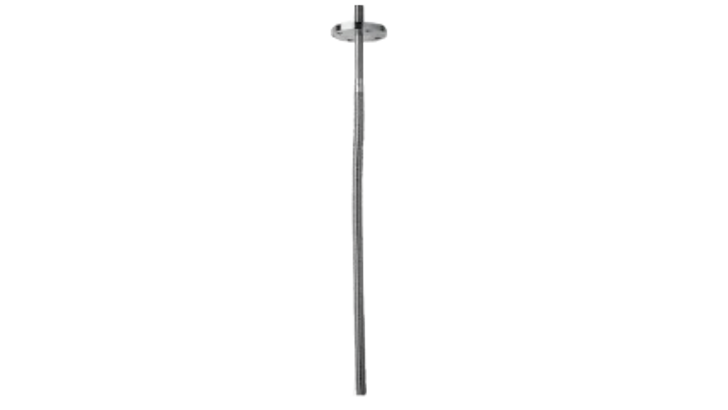
Temperature
Multi-spot sensor type RST
The RT-RST-TS is a multi-spot temperature sensor used for measuring the average temperature, primarily in stationary tank systems, with requirements to the tolerance and response time of the temperature measurement.
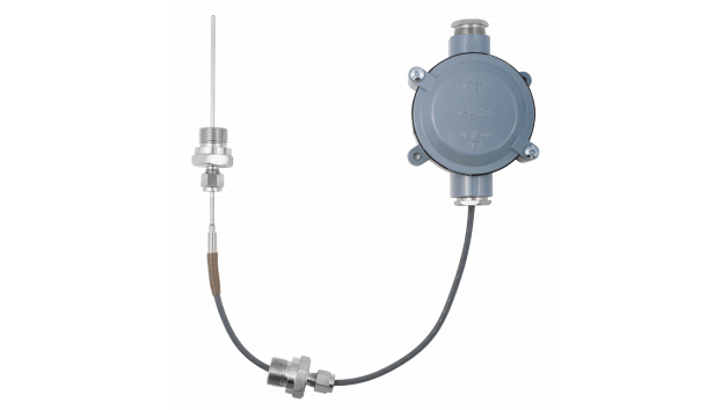
Temperature
Stern tube sensor
Stern tube bearing sensor with mechanical connection via two adjustable couplings. Highly robust and flexible/bendable with quick reaction time.
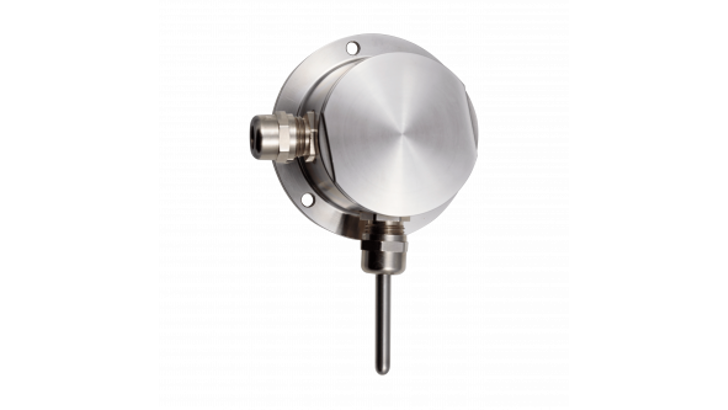
Temperature
Sensor type RR1
For measuring indoor and outdoor air temperatures, HVAC, engine room, tanks/containers etc. PT100 sensor with IP67 silumin-box that resists shocks and vibrations.
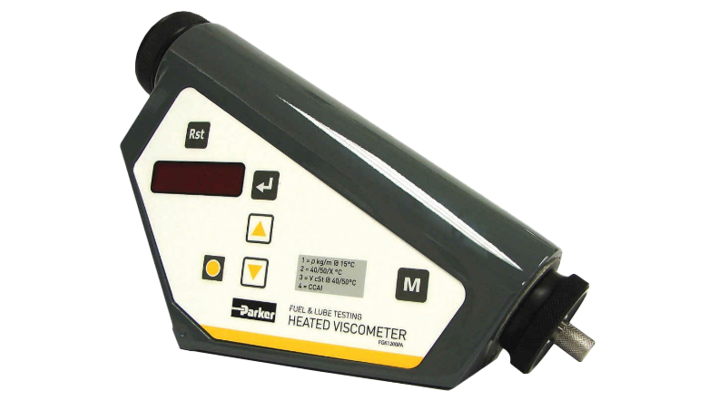
Fuel Oil Measurements
Parker Kittiwake Heated Viscometer FG-K1-200-KW
Heasted Viscometer. Testing fuel and oil viscosity is very necassary to identify the grade of fuel delivered. The heated viscometer can be used to test lube oil and residual fuels in all applications including diesel engines, gas and aeroplane turbines, gear boxes, hydraulics and marine fuels.
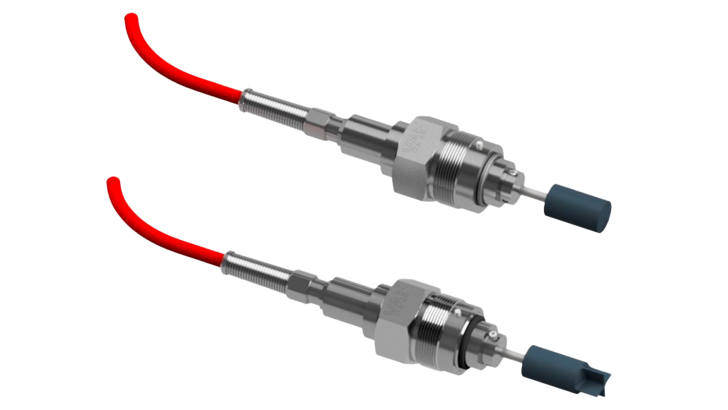
Viscosity
VAF ViscoSense 3 & ViscoSense 3D
Monitoring the viscosity and density of your fuel oil is very important to prevent engine damage and reducing the cost of maintenance.
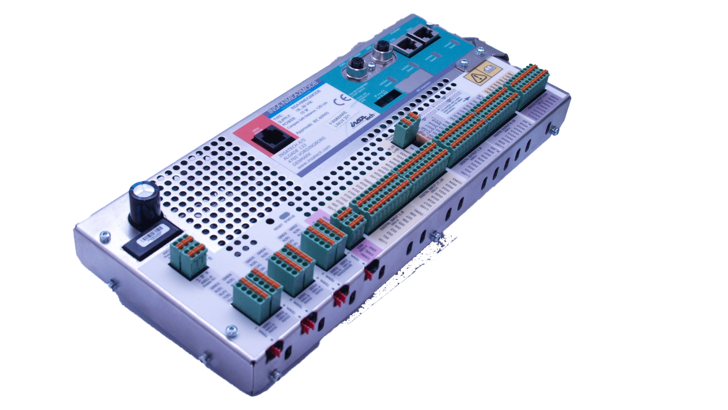
Signal processing
NMEA to Modbus - Bridge & Modbus Gateway
The NMEA2MODB is an Ethernet-based versatile I/O- unit, which can be used in various monitoring and control applications. The unit is designed to be particularly suitable for ship applications, such as Integrated Bridge Systems (IBS).
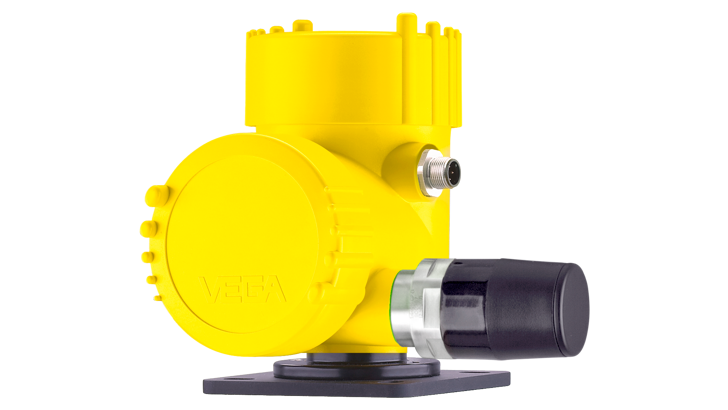
Wireless
PLICSMOBILE T81
External radio unit for HART sensors. Reliable wireless signal transmission over GSM / GPRS networks from VEGA.
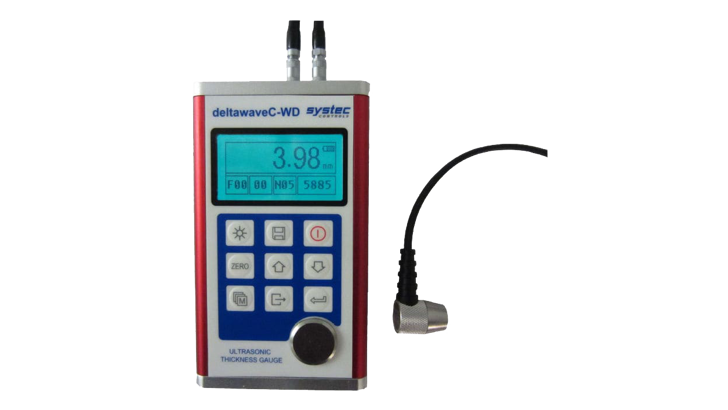
Ultrasonic thickness gauge
Deltawave C-WD
Deltawave C-WD is the new ultrasonic thickness gauge for precise and easy measurements of thickness of pipes and components.
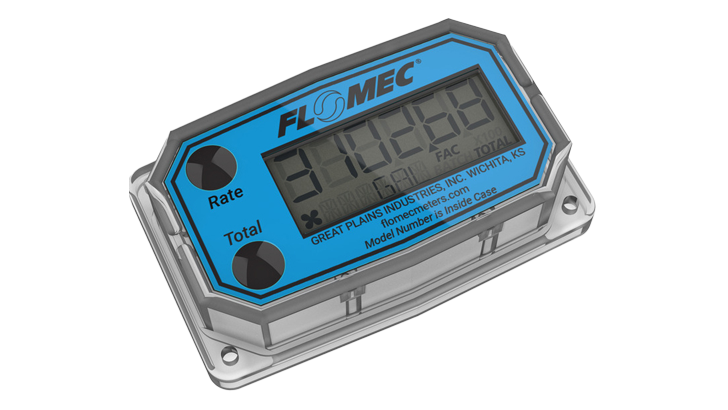
Displays & Electronics
Flomec Q9 Display
The Q9 Display is the latest version of the Flomec computer displays. Features as low battery indication and the ability to display custom units with a name label has been incorporated as requested. Furthermore, you can also display velocity, rate and total in the Q9 display.
No results found
Marine Instruments
The importance of using proper instrumentation Electrical and mechanical instrumentation invovles design, control and implementation of devices that can measure physical quantities. There is a huge amount of thought behind the proper instrument and installation choices for each small or larger measuring point. All vessels generally use state of the art instrumentation and equipment to manage everything from the engines, steering and navigation system. When the equipment malfunctions it can have a huge impact on the operational efficiency and can cause massive downtime that can put the vessel behind schedule. A broken viscoity sensor can cause wrong engine combustion, wrong additive dosing can reduce fuel efficency or worse; lubrication properties of various lubration oils. A ballast that isnt filled appropriately after loading can impact vessel stability and leaks and dangerous pressure levels in fuel tanks can impact enginre operation or even lead to disaster.
Proper Use of the Correct Instrumentation Is Important
– a Sensor Is Not Just a Sensor
Today’s fleet is generally becoming highly sophisticated operations with equally sophisticated equipment on board. And controlling all this sophisticated equipment correctly and preventing breakdowns is crucial to a smooth and cost-effective operation. Choosing the correct instrument for measuring the processes on board is not only a good idea seen from a practical aspect, but investing the time and possibly a little extra money on instrumentation that is ideal for the task, can ultimately save the vessel both cost and unnecessary interference for the crew on board.
Measurements are used all over the modern ship in order to keep equipment running at optimum conditions. Everything from critical installations such as main engines, auxiliary engines, steering and navigation to other installations such as cranes, cargo pumps and wastewater handling can and should be monitored with optimization in mind. Optimization of processes on board a ship can contribute to better earnings and lower emissions – even if the realized optimization is only constituted by fewer unplanned interruptions such as maintenance works and breakdowns.
A malfunctioning viscosity sensor can cause lower exploitation of the fuel due to wrongful combustion; a hydraulic failure on a crane can cause delay in port operations and interrupt the planned schedule; incorrect ballast control can impact vessel stability and trim causing anything from slightly lower performance to accidents and undetected leaks in cargo and fuel tanks can cause dangerous situations or even lead to disaster.
Choosing the correct instrument for a specific task can be challenging, as a myriad of variations of a single instrument often exist. And just going by the most expensive option or for something that has been recommended, is not always the right way, as the process and media in which the instrument should be installed is what determines what measurement principle and setup should be chosen. Degradation is caused very differently based on what the instrument is exposed to, and one instrument suited for one place on board might be unsuitable for another; a different pressure might cause inaccurate reading or mechanical failure and a different media could do the same.
Across the specialists at Insatech, we have the knowledge and experience to find the right instrument for your specific application as well as we can guide you to install it correctly. Making your operation as smooth and efficient as possible is always our goal with our counselling and services, as your success leads to our success!